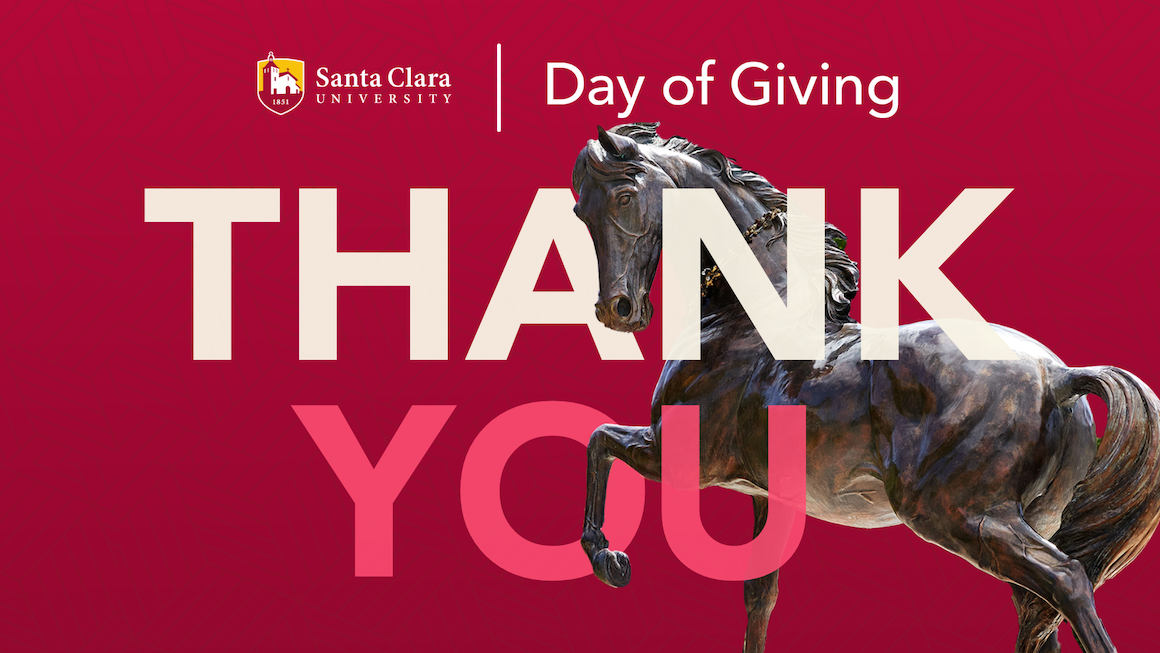NBA Live Bet During Game: Top Strategies for Real-Time Basketball Wagering

NBA Live Bet During Game: Top Strategies for Real-Time Basketball Wagering
You know, I’ve always been fascinated by how quickly things can change—whether we’re talking about video games or live sports betting. Just the other day, I was playing Secret Level, that new 2D Metroidvania, and it struck me how similar the dynamics are to placing a live bet during an NBA game. Both require split-second decisions, adaptability, and a sharp eye for opportunity. But let’s get real: just like Bandai Namco’s Shadow Labyrinth, which dropped right after Secret Level, not every promising idea delivers. That game, while ambitious, fell flat with its dull story and frustrating combat. It’s a reminder that execution matters—whether you’re reinventing a 45-year-old character or trying to win big with NBA live betting. So, if you’re looking to up your game, here are some key questions and strategies I’ve picked up over the years.
What exactly is NBA live betting, and why is it so popular?
Live betting, or in-play wagering, lets you place bets as the game unfolds. Think of it as the Secret Level of sports betting—it’s fast, immersive, and demands constant attention. But here’s the thing: just like how Shadow Labyrinth tried to reinvent a classic with a darker twist but ended up feeling "opaque and ultimately forgettable," live betting can be overwhelming if you don’t have a solid strategy. I’ve seen friends jump in without a plan, only to lose money faster than you can say "frustrating checkpointing." The appeal? Real-time odds shift with every basket, turnover, or timeout, offering endless opportunities—if you know how to spot them.
How can I identify momentum shifts during an NBA game?
Momentum is everything. Picture this: a team goes on a 10–0 run in the third quarter. That’s your cue. But it’s not just about the scoreboard—watch player body language, coaching adjustments, and even foul trouble. Remember how Shadow Labyrinth suffered from "one-note combat"? Well, one-note betting—like always backing the favorite—is just as risky. I once nailed a live bet by noticing a star player’s fatigue mid-game; it’s like spotting a glitch in a Metroidvania level. Use stats, but trust your eyes too. For example, if a team’s three-point shooting drops below 30% in a half, it might be time to bet against them.
What role do game narratives play in live betting?
Narratives drive decisions. In Shadow Labyrinth, the story was supposed to be a "darker take," but it fumbled. Similarly, don’t get caught up in pre-game hype. I’ve made the mistake of overvaluing a team’s "revenge game" narrative, only to see them crumble under pressure. Instead, focus on in-game trends—like how a bench unit performs or if a key defender is off their game. One of my best calls came during a playoff game where the underdog, down by 15, rallied because their coach made a subtle lineup change. That’s the kind of "secret level" insight that pays off.
How important are real-time stats, and which ones matter most?
Stats are your best friend—but only if you interpret them right. I rely on points in the paint, turnover differentials, and shooting efficiency. For instance, if a team averages 12 turnovers per game but has 8 by halftime, expect regression. It’s like how Shadow Labyrinth’s "egregious checkpointing" ruined the flow; poor stat tracking can break your bankroll. Personally, I use apps that update every 10 seconds. Last season, I noticed a team’s free-throw percentage dipping below 70% in clutch moments—so I live-bet against them in close games and cashed in three times.
Can emotional control really make or break a live bettor?
Absolutely. Emotional betting is as disastrous as Shadow Labyrinth’s frustrating combat mechanics. I’ve been there—chasing losses after a bad beat, only to dig a deeper hole. Early in my betting journey, I blew a $500 stake because I ignored my own rules during a nail-biter. Now, I set strict limits: no more than 2% of my bankroll per bet, and I take breaks during commercial timeouts. It’s like saving your progress in a game; without discipline, you’re just gambling.
What’s the biggest mistake beginners make with NBA live betting?
They treat it like pre-game betting. Live markets move at lightning speed, and hesitation costs money. Think back to Shadow Labyrinth—it had potential but was "ultimately forgettable" due to execution flaws. Similarly, new bettors often miss odds swings because they’re overanalyzing. My advice? Start small. Focus on one quarter or player props. I once turned $50 into $300 by betting on a role player’s rebound totals after noticing he dominated the boards in the first half. It’s about finding edges, not chasing glamour.
How do you balance intuition with data in real-time wagering?
It’s an art. Data gives you the foundation, but intuition adds the flair. For example, if a star player looks unusually aggressive early on, I might live-bet on them scoring over their points total—even if the stats aren’t screaming "yes." It’s like how Shadow Labyrinth aimed for a "darker take" but missed the mark; without balance, even great ideas fail. I keep a cheat sheet of key metrics, but I also trust my gut from years of watching games. Last month, that mix helped me predict a 20-point comeback by tracking defensive intensity shifts.
Any final tips for mastering NBA live betting?
Practice, reflect, and adapt. Just as Bandai Namco’s release followed Secret Level, your betting journey will have highs and lows. Review your bets like game tape—what worked, what didn’t? And remember, even "disappointing reinventions" teach us something. Stay curious, stay disciplined, and never stop learning. Now, go crush those live bets


